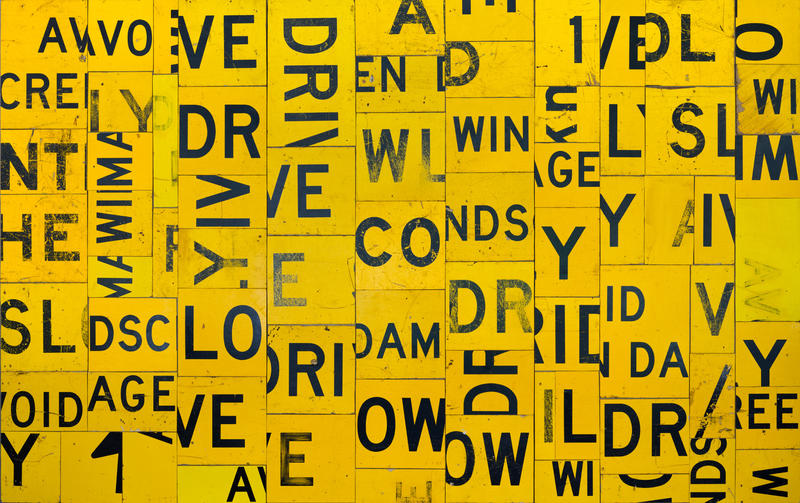Student experience of creativity in Australian high school classrooms: A componential model
By Paul Ginns, Kelly Freebody, Michael Anderson and Peter O'Connor — 31 August 2021

Big Yellow by Rosalie Gascoigne (1988), Chartwell Collection, Auckland Art Gallery Toi o Tāmaki, 1988
Student experience of creativity in Australian high school classrooms: A componential model
By Paul Ginns, Kelly Freebody, Michael Anderson and Peter O'Connor in 'Learning and Individual Differences' Volume 91, October 2021.
As part of Chartwell’s commitment to CAST – Centre for Arts and Social Transformation at the University of Auckland, the Director of CAST (Peter O'Connor), has published this research report which outlines student experience of creativity in Australian classrooms.
Highlights
-
• Students' perceived creativity support predicts academic and creative self-efficacy.
-
• Intrinsic (but not extrinsic) academic motivation mediates these relations.
-
• Openness and Conscientiousness more salient controls than demographics
Abstract
Drawing on the componential theory of creativity, we report on the development of a model for understanding students' experiences of creative school environments, based on survey responses from Grade 7 and 9 Australian students (N = 2538) across 13 high schools. Confirmatory factor analysis was used to test for construct validity of scales, followed by structural equation modeling to estimate the fit of the hypothesised model to the data, and estimate direct and indirect relations between variables. Consistent with predictions based on the componential model, students' perceptions of the extent to which creativity was supported through classroom work had substantial direct relations with intrinsic motivation and creative self-efficacy. Also consistent with predictions, intrinsic motivation acted as a mediating variable for a number of pathways in the model. Demographic covariates were generally less salient than personality covariates. Implications for educational practice and future research are discussed.
This work was supported by The Chartwell Trust.
